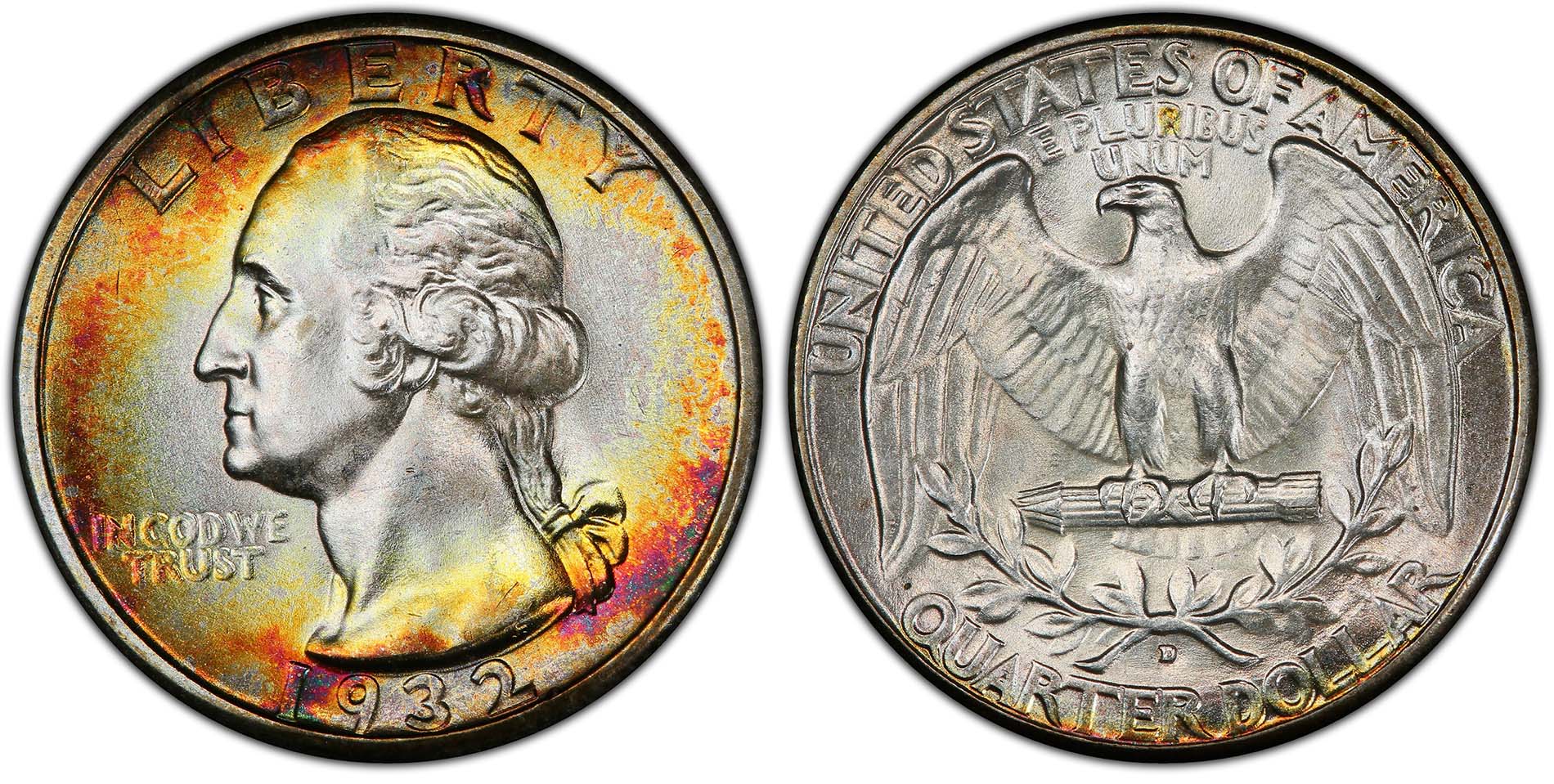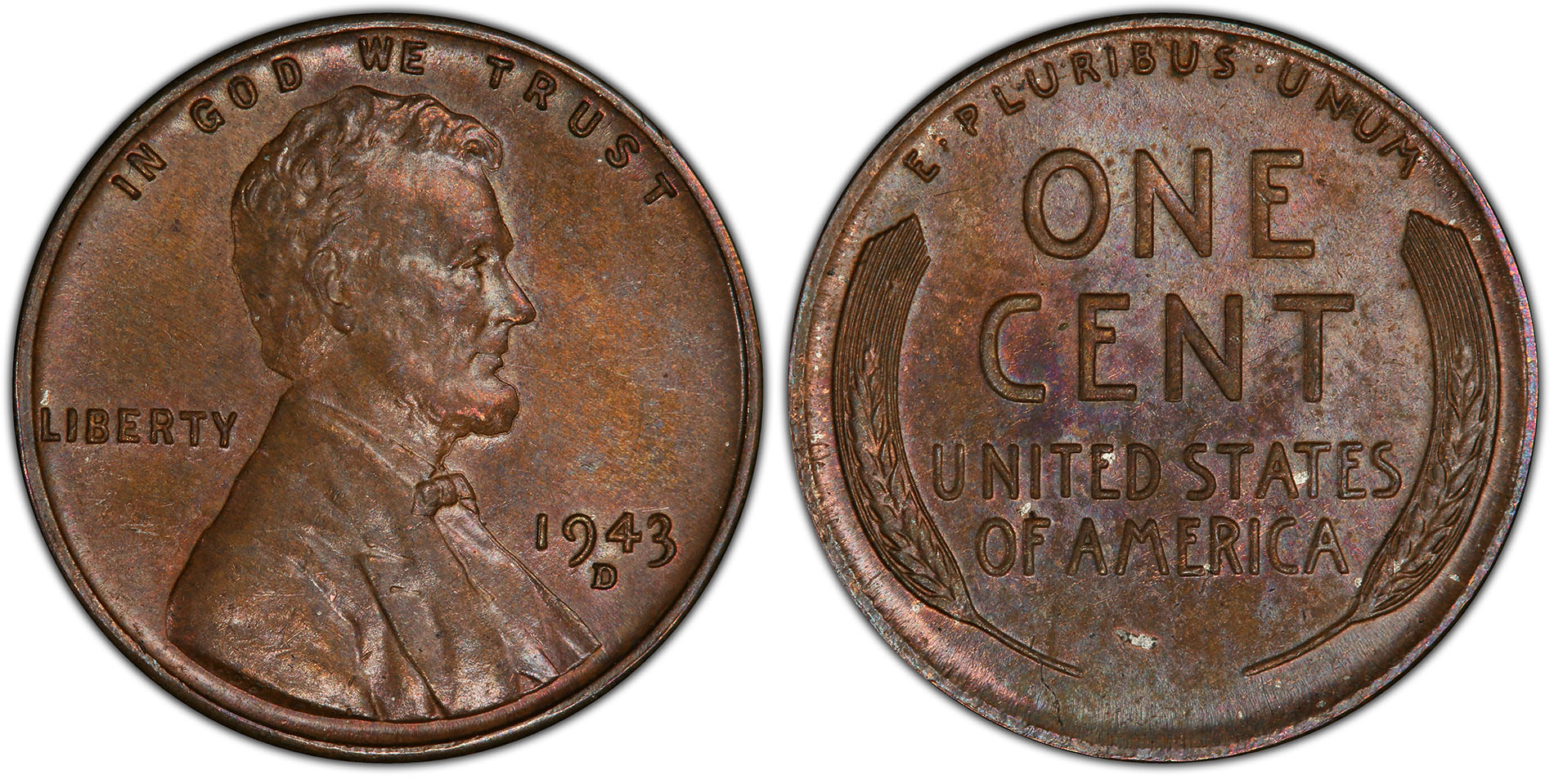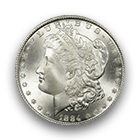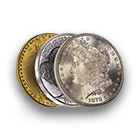The PCGS website has many resources that are totally free and available to the public. Whether you want to verify the authenticity of your PCGS-graded coins or research the values of your coins, PCGS is sure to have the information you’re looking for right at your fingertips for virtually all U.S. coins and a growing number of world coins, tokens, and medals.
This article features the PCGS Population Report, which PCGS has offered to the public in one form or another since the company’s earliest days in the mid-1980s. Quite simply, the PCGS Population Report (or PCGS Pop Report as commonly said in shorthand) reveals how many coins PCGS has graded. Why is this important to you? Because it breaks down exactly how many of a given coin has been graded, with population numbers for each individual grade.
The PCGS Pop Report is available at PCGS.com/Pop and concrete numbers on how many of an exact item have been graded by PCGS. What aren’t PCGS Pop Reports going to tell you? Perhaps most important, these numbers are not necessarily a reflection on how many examples in total might exist (though PCGS Population Estimates are available for many coins via PCGS CoinFacts).
But what PCGS Pop Reports will tell you? Quite a lot… You can find out relative rarity of scarce and rare U.S. coinage as well as relative grade rarity of certain issues within a specific series. Another perspective that PCGS Population Reports provides is information on scarcity and value versus that of another issue in the same series – a great tool for understanding what makes a key date a key date. You can even use PCGS Population Reports to ascertain bell-curve figures when gauging price discrepancies within a particular date.
Let’s look at a couple of highly traded U.S. Morgan Dollar dates to illustrate some of the valuable information you can access with the PCGS Population Report, with the 1881-S and 1891-CC issues as our examples.
The 1881-S Morgan Dollar is considered a common Morgan Dollar date in most grades, while the 1891-CC isn’t common and carries a premium over many other Morgan Dollar dates, including the 1881-S. Conversely, there is nothing “common” about an 1881-S Morgan Dollar graded PCGS MS69 Morgan Dollar, even though this issue is categorically believed to be common. It’s a case of conditional rarity, meaning a date may not be considered a rarity in the absolute sense, but an example of that date at or above a certain grade threshold is.
Often valuations of better-date coins are more or less based on the common type date example which provides a basal value for the type design of the coin itself. In the case of the 1881-S Morgan Dollar graded PCGS MS69, PCGS has graded just two examples of that issue in MS69 as of this writing, with only nine such MS69 examples extant for the entire series. In other words, any Morgan Dollar graded PCGS MS69 is a rarity.
While Morgan Dollar type prices might fluctuate daily, the date price levels don’t move as often, but are invariably based on what the common date type examples are trading for. So, when talking about Morgan Dollars, it is always wise to consider the supply and value as compared to the most common type dates.
Meanwhile, the 1891-CC is PCGS graded MS66+ and is one of only 13 total in MS66+ with just one graded MS67. This nearly finest-known example of a highly sought-after Carson City Mint date carries a premium over the 1881-S date in every grade and is considered a date rarity.
Let’s look at what the PCGS Population Report can tell us about these two Morgan Dollars:
- 1881-S PCGS Spec #7130, Total PCGS Population of 307,812 with 2 in MS69 (as of writing)
- 1891-CC PCGS Spec #7206, Total PCGS Population of 22,778 with 1 in MS67 (as of writing)
In a date-by-date comparison using these basic PCGS population figures, we see that 13.5 times as many 1881-S Morgan Dollars have been graded by PCGS as have 1891-CC Morgan Dollars. Looking more macrocosmically we see that PCGS has graded more than four million Morgan Dollars, with the 1881-S representing a whopping 8% of all Morgans graded by PCGS. Yet, the 1891-CC represents just 0.57% of all PCGS-graded Morgan Dollars. There is no question that the 1881-S is a common date as compared to the 1891-CC.
Let’s further look at the very far right end of the PCGS population chart for these two dates. The top 10 coins graded for each of these dates are as follows:
- 1881-S – 23 MS68+, 2 MS69
- 1891-CC – 13 MS66+, 1 MS67
These two sets of numbers point out something so many collectors and investors often misunderstand about rare coins. Depending on the date and/or grade they can be common, scarce, or rare. The 1881-S in MS69 and 1891-CC in MS67 are both rare, but the 23 1881-S MS68+ and the 13 1891-CC MS66+ are not as rare. Put another way, only up to two individuals can own a MS69 1881-S Morgan Dollar at any one time while just one can own the 1891-CC in MS67.
Another interesting thing we can glean from these numbers as we look further into the information in the PCGS Population Report is the potential to realistically gauge the availability of particular dates through the number of coins graded. For example, the most highly collected grade range for these two dates, grades MS63 through MS65+, also comprise the greatest percentage of coins available for each of these dates.
Of the 307,812 total 1881-S Morgan Dollars that PCGS has graded, more than 257,000 are in grades MS63 through MS65+, which is 84% of the total 1881-S Morgan Dollars that PCGS has graded. Of the 22,778 total 1891-CC Morgan Dollars that PCGS has graded, almost 12,000 are graded MS63 through MS65+, which is more than 53% of the total 1891-CC Morgan Dollars in PCGS holders.
What’s more? That remarkable information is constantly being updated and expanded as PCGS both grades more items and harvests more pertinent pricing data.








 Copper & Nickel
Copper & Nickel
 Silver Coins
Silver Coins
 Gold Coins
Gold Coins
 Commemoratives
Commemoratives
 Others
Others
 Bullion
Bullion
 World
World
 Coin Market
Coin Market
 Auctions
Auctions
 Coin Collecting
Coin Collecting
 PCGS News
PCGS News